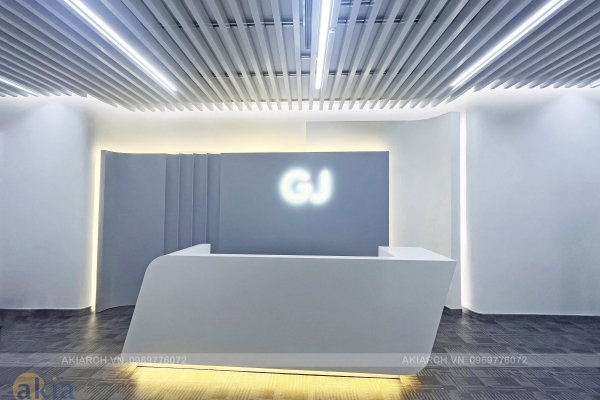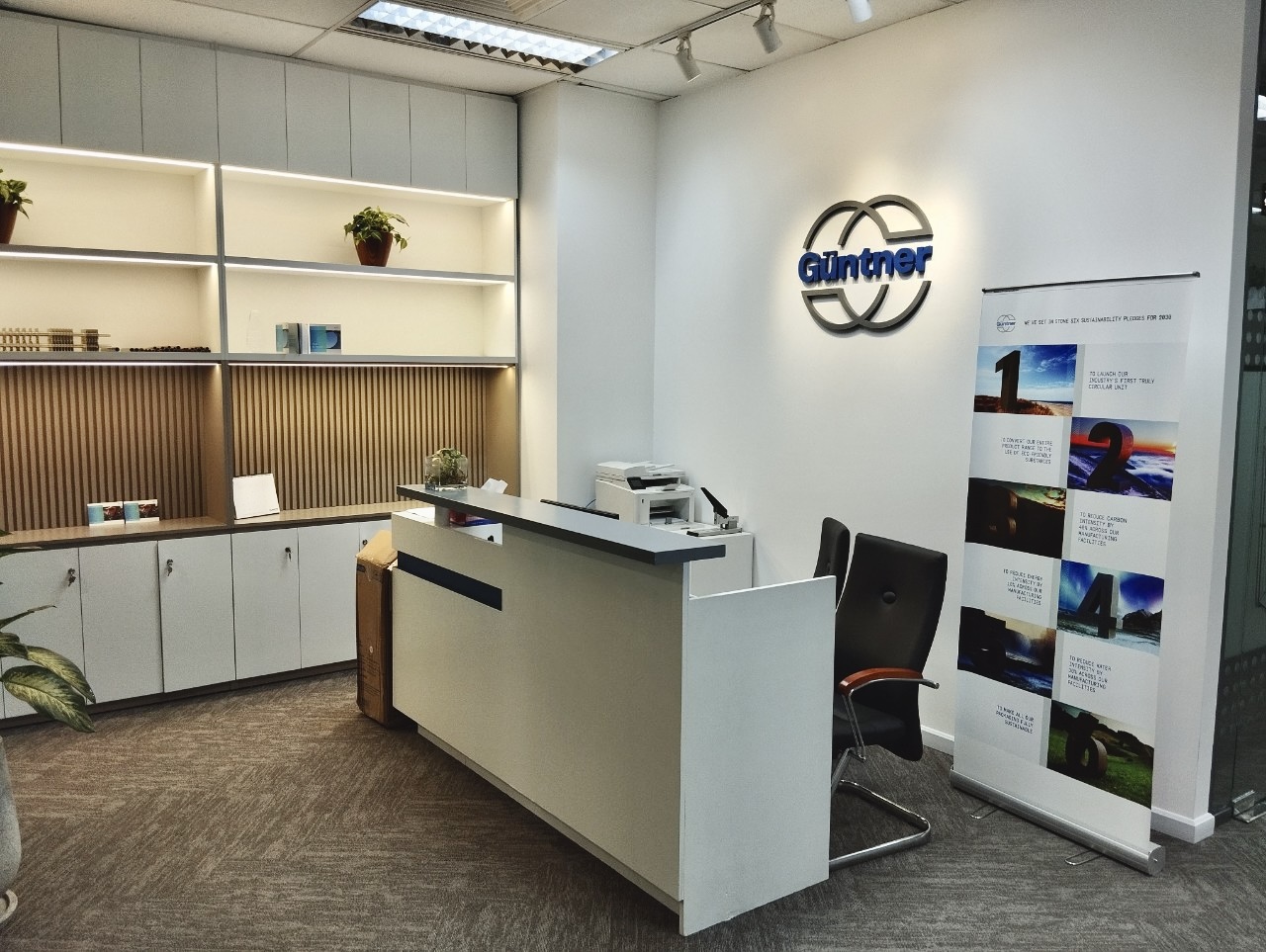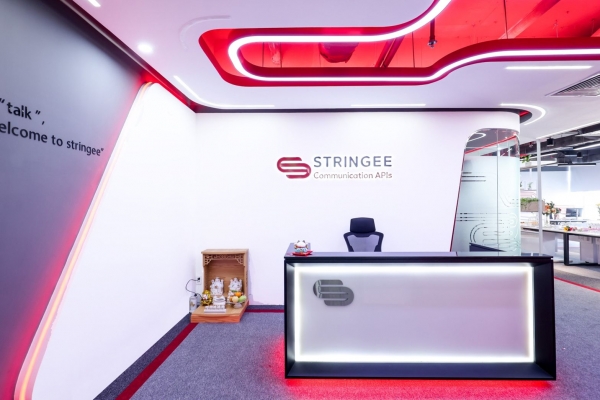
LÀM VIỆC LINH HOẠT (FLEXIBLE WORKING) - XU HƯỚNG TOÀN CẦU VÀ LỢI ÍCH
Ngày tạo : 08/05/2025
Văn hóa công ty được xem như tính cách của một tập thể, được thể hiện thông qua tầm nhìn công ty, giá trị, chuẩn mực, hệ thống, hình ảnh, ngôn ngữ cũng như cách mỗi cá thể trong tổ chức đối xử và làm việc với nhau cũng như với khách hàng. Mỗi doanh nghiệp sẽ có văn hóa khác nhau. Việc xây dựng văn hóa công ty đem đến những tác động hữu hình ảnh hưởng trực tiếp đến hiệu quả làm việc của doanh nghiệp.
Thiết kế văn phòng linh hoạt chuẩn bị cho thế hệ nhân viên mới – Gen Z đang là xu hướng chính trên toàn cầu. Bài viết dựa trên báo cáo của IWG Global Workspace để phân tích xu hướng cũng như những tác động tích cực của làm việc linh hoạt và những ứng dụng thiết kế văn phòng phù hợp với xu hướng này cho các doanh nghiệp.
62% các doanh nghiệp toàn cầu đang ứng dụng mô hình làm việc linh hoạt vào hoạt động vận hành và quản lý nhân sự của công ty. Cũng theo thống kê từ khảo sát của IWG Global Workspace, yếu tố làm việc linh hoạt mang đến nhiều lợi ích như:
- 85% doanh nghiệp thừa nhận làm việc linh hoạt giúp tăng hiệu suất công việc.
- 77% doanh nghiệp báo cáo làm việc linh hoạt giúp họ thu hút và giữ chân nhân tài.
Một công việc linh hoạt được thể hiện qua ba khía cạnh: nơi làm việc, thời gian và khối lượng công việc. Việc được lựa chọn nơi làm việc phù hợp như thành phố, văn phòng hoặc những nơi khác ngoài văn phòng. Đi kèm với đó là thời gian làm việc chủ động hơn. Khác với kiểu làm việc truyền thống theo khung giờ cố định từ 9 giờ đến 5 giờ, làm việc linh hoạt thể hiện ở việc nhân viên chủ động trong thời gian làm việc ở văn phòng. Công việc linh hoạt cho phép nhân viên kiểm soát và quản lý khối lượng công việc của mình một cách độc lập.

(Văn phòng Nestle được thiết kế theo mô hình văn phòng linh hoạt – Tòa nhà Empress Tower)
Sở hữu công việc linh hoạt và làm việc tại nơi có thiết kế văn phòng linh hoạt đóng vai trò chính trong việc giữ cân bằng giữa cuộc sống và công việc. Nhân viên không phải đánh đổi lựa chọn công việc vì yếu tố nơi làm việc và nhà. 75% doanh nghiệp chia sẻ, chính sách làm việc linh hoạt nhằm tiết kiệm thời gian đồng thời giảm căng thẳng trong quá trình di chuyển từ nhà đến nơi làm việc. Mặt khác, thiết kế văn phòng linh hoạt cũng có thể bổ trợ để nhân viên cảm thấy thoải mái tại nơi làm việc. Trong khi đó, ⅘ các doanh nghiệp phản hồi chia sẻ, công việc linh hoạt làm tăng tính đa dạng trong nhân viên. Điều này được lý giải nhờ vào sự linh hoạt, nhân viên chủ động cân bằng công việc và gia đình, nhất là đối với nhân viên mới lập gia đình hoặc phụ nữ có con nhỏ. Nhân viên bán thời gian hay nhân viên đã về hưu vẫn có thể tham gia làm việc với hiệu suất cao nhờ vào công việc linh hoạt.
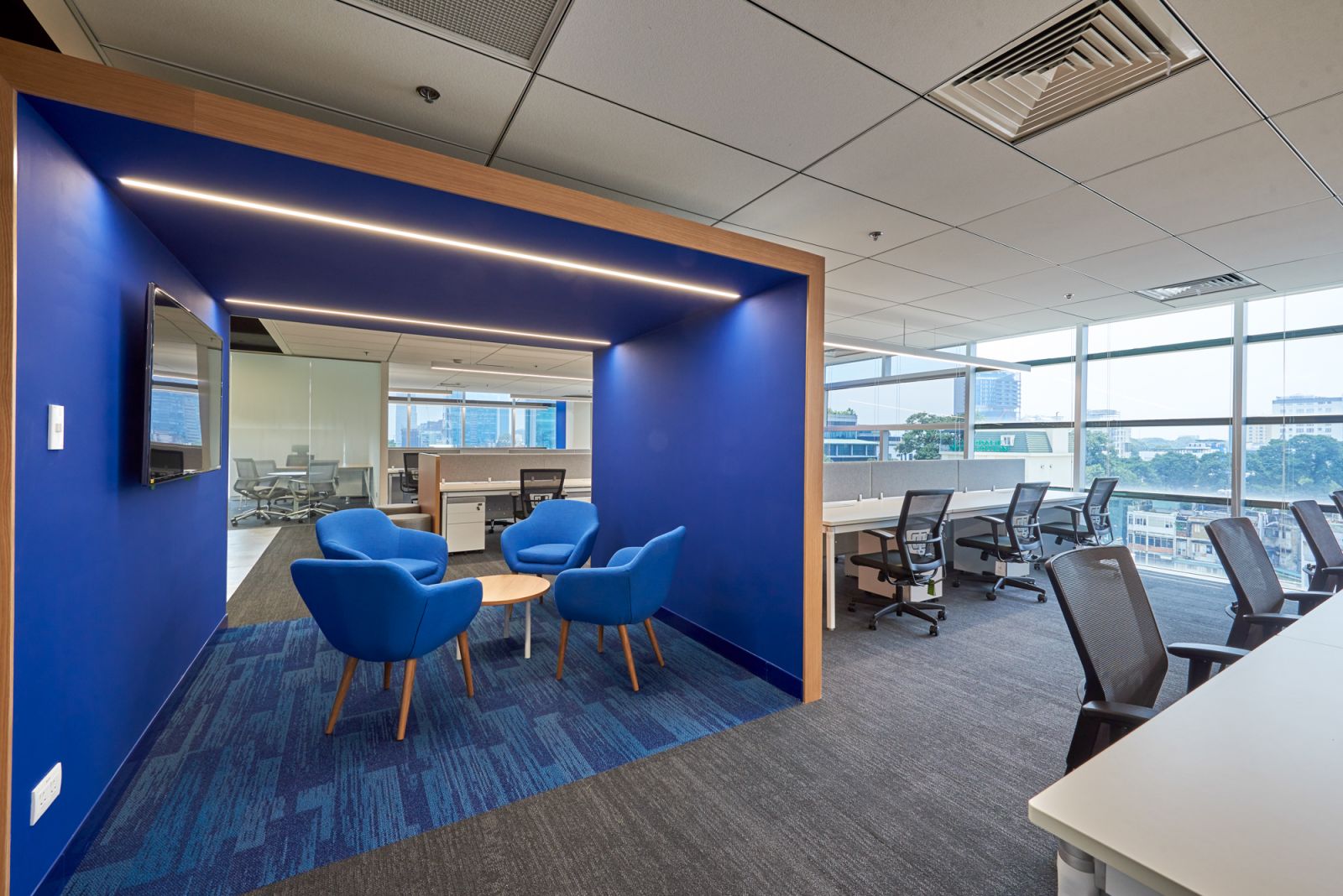
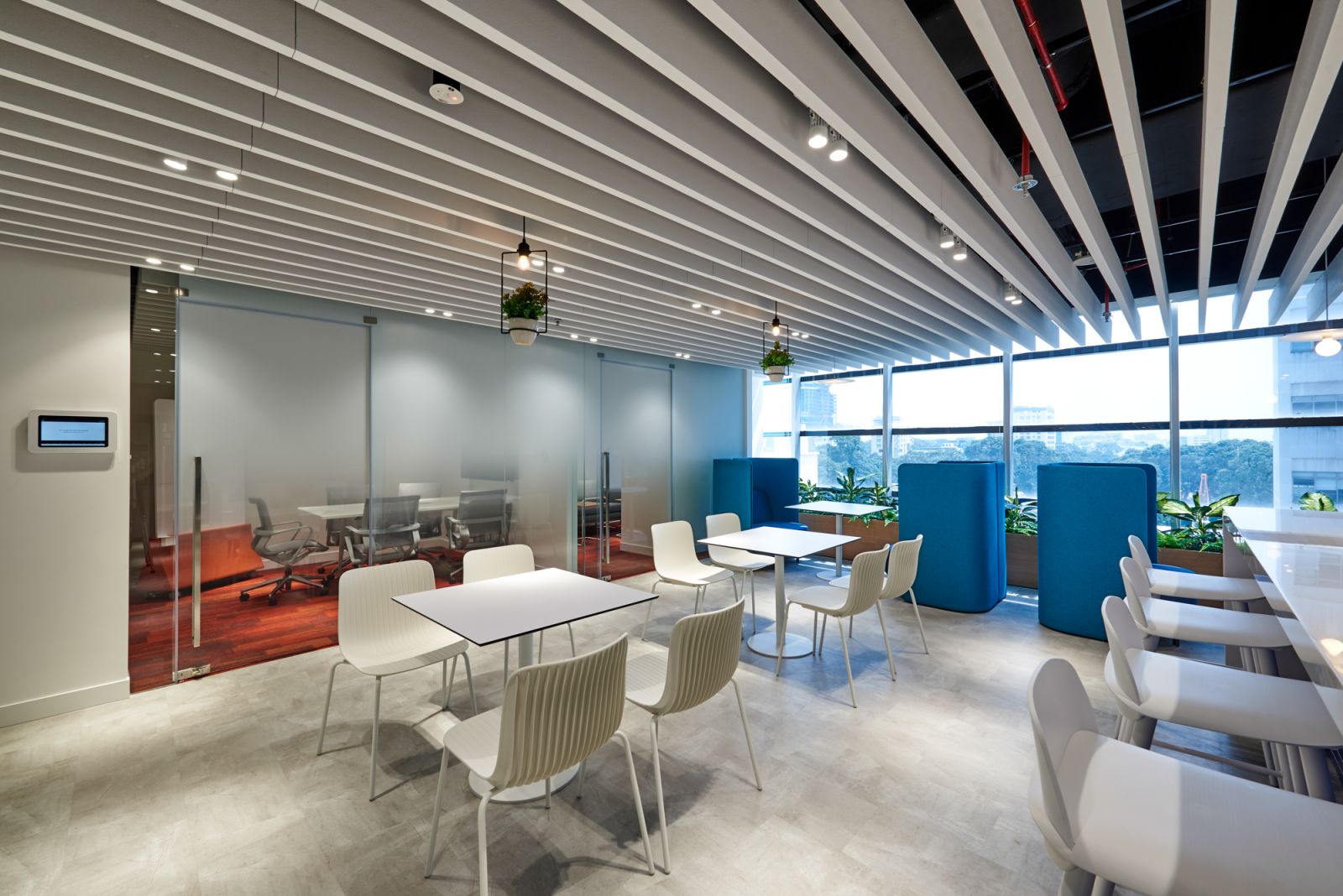
(Góc không gian làm việc chung tại văn phòng Nestle – Tòa nhà Empress Tower)
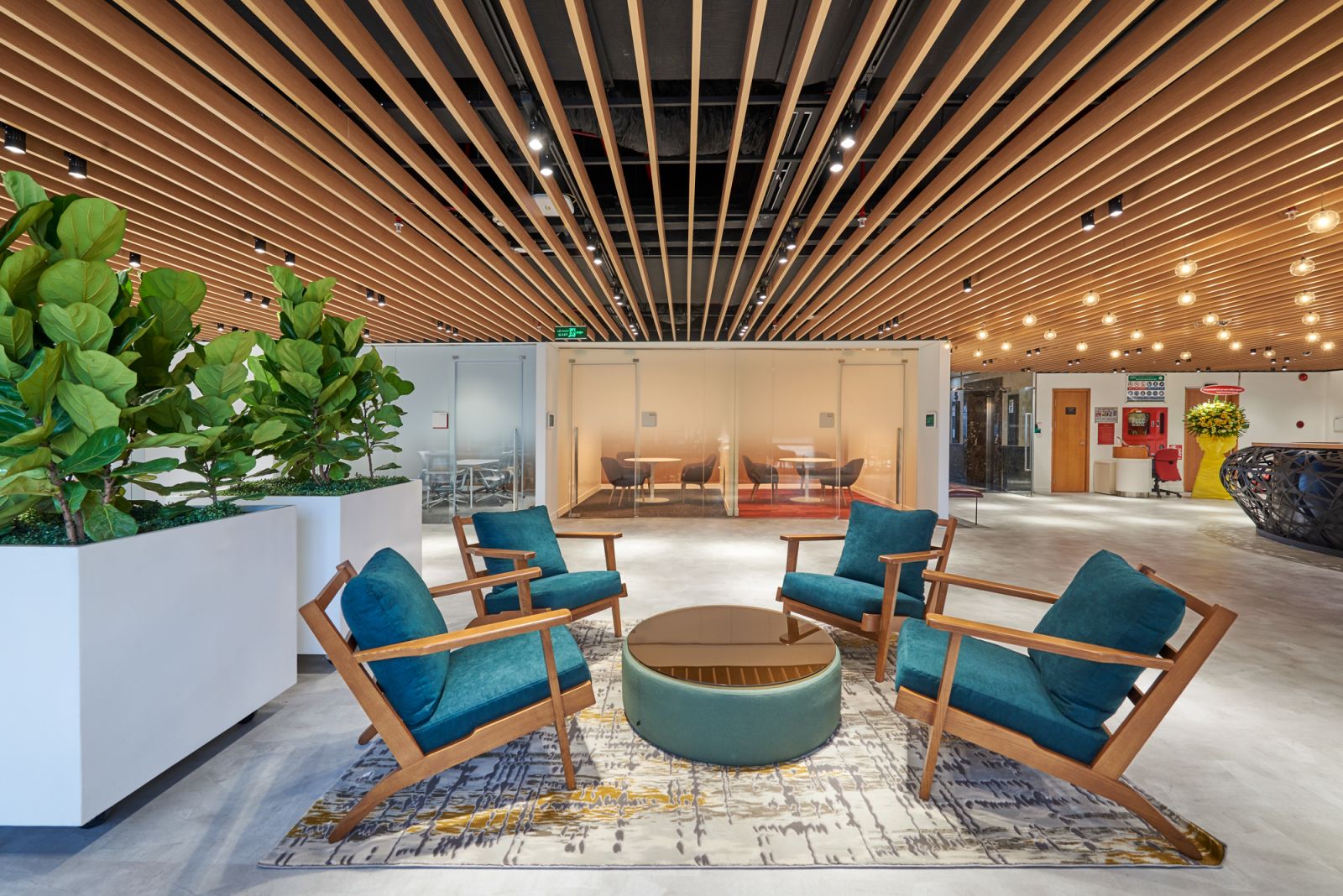
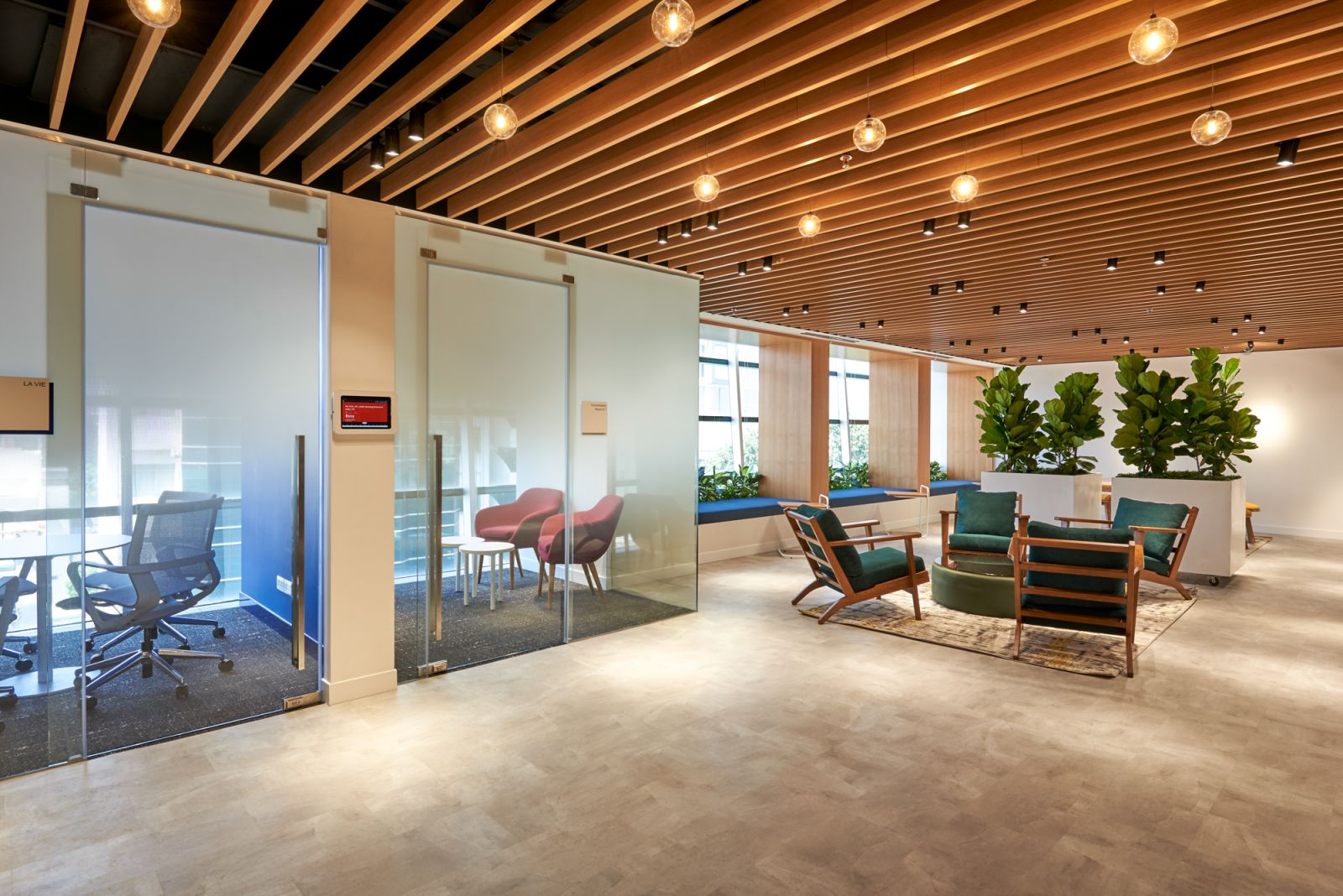
(Không gian làm việc linh hoạt trong văn phòng Nestle – Tòa nhà Empress Tower)
Nhằm mang đến công việc linh hoạt cho nhân viên, bên cạnh các chính sách về thời gian và quản lý công việc, thiết kế văn phòng làm việc linh hoạt là một trong những yếu tố quan trọng.
Thiết kế nội thất văn phòng được yêu cầu phải linh hoạt theo đặc trưng của từng phòng ban. Theo đó, 65% doanh nghiệp chỉ ra, thiết kế văn phòng linh hoạt, phù hợp với đặc thù của từng phòng ban sẽ tăng năng suất làm việc. Ví dụ như phòng Marketing sẽ cần phòng họp lớn, nhiều ánh sáng để thảo luận, bộ phận quản lý dự án hoặc phòng kinh doanh thì cần có vách ngăn giữa khu vực làm việc để tạo không gian kín (Semi-secluded desk) , giảm âm để thực hiện cuộc gọi quan trọng. Điều này được chứng minh trong báo cáo khi 50% phản hồi cho biết phòng Marketing làm việc hiệu quả hơn trong không gian mở trong khi đó, 46% phản hồi cho biết phòng Kinh doanh có thiết kế tạo không gian riêng phù hợp với mục đích công việc hơn.


